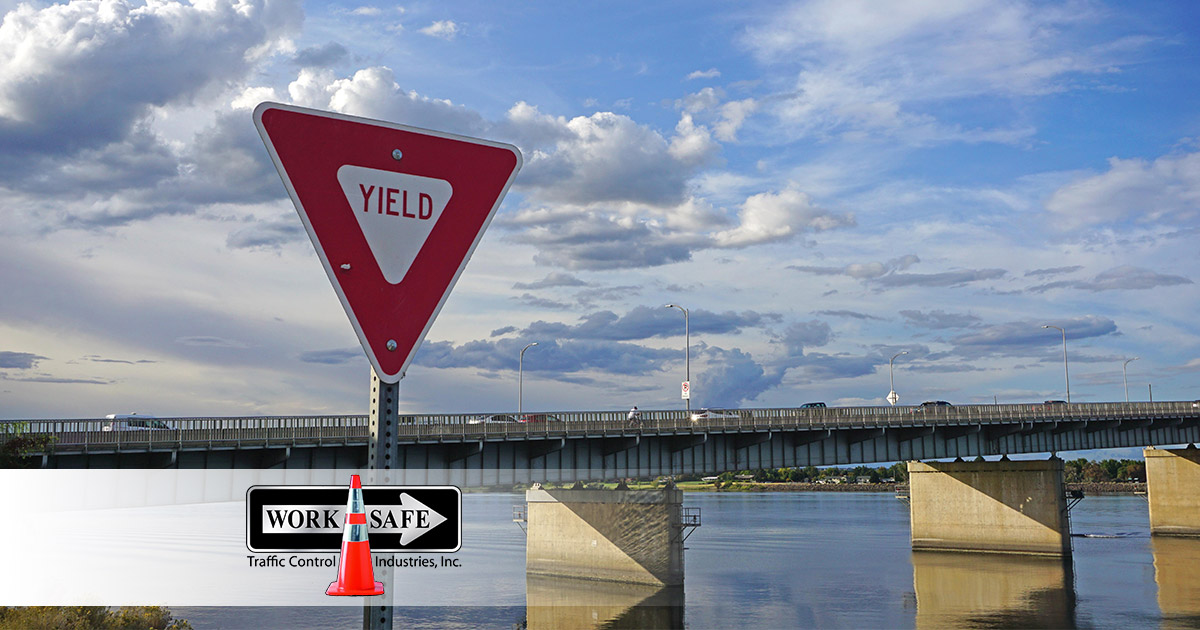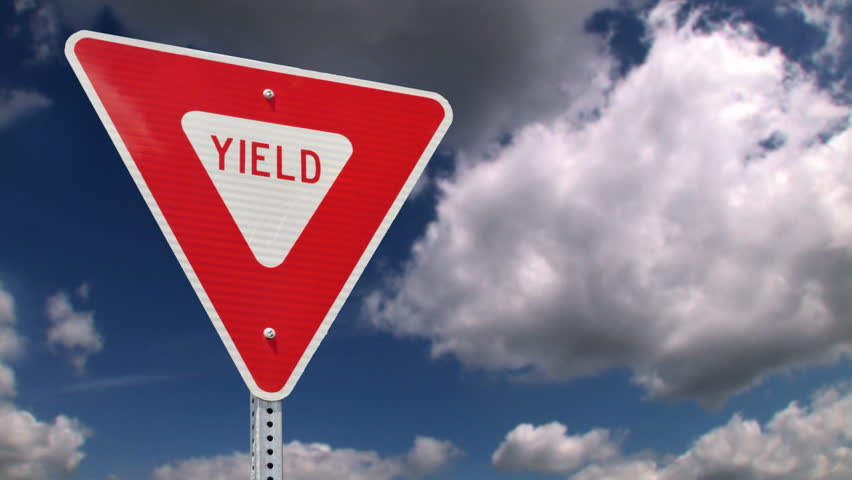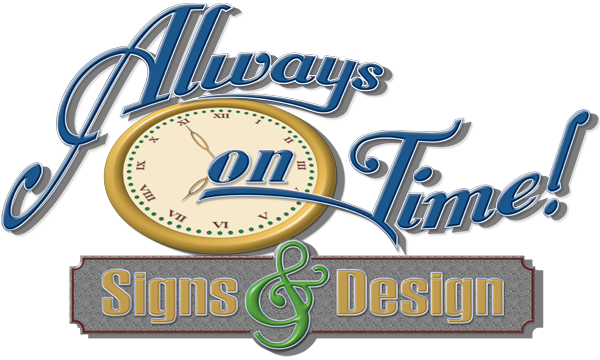
A yield sign looks like an inverted triangle, with red trim around the edges, and sometimes the word Yield printed against an interior white background so that it stands out clearly. It is a regulatory sign which is meant to convey to drivers that they should slow down and relinquish the right of way to other vehicles and pedestrians, which may be approaching from different directions.
Sometimes Yield signs are painted on the pavement, and in this case, drivers are required to yield the right-of-way prior to crossing the yield line. Drivers may then proceed after having yielded the right-of-way, and when it is obviously safe to do so.
What is a Yield Sign?

What does yield mean in driving? Yield signs are often placed when there are merging lanes on freeways, or at some intersections, and their purpose is to ensure that there is no confusion about who should proceed through an intersection first, or who can safely merge into an express lane. That’s just the intent of the sign, though. Anyone who has looked at the thousands of tweets online about behavior around Yield signs will know that there’s still plenty of confusion associated with them.
Much of the confusion comes into play because people are not exactly sure of what is meant by yielding the right-of-way when driving. First of all, it does not mean that you have to stop in the same way that a red octagonal stop sign means you have no choice but to stop. However, you are certainly advised to stop if the situation calls for it, and if it’s the safe thing to do.
If you approach an intersection, and there are no other vehicles at the intersection and no pedestrians, you are not obliged to stop, and you can proceed through the intersection slowly. When you arrive at an intersection, and there are other vehicles there also, the general rule of thumb is that whoever arrived at the intersection first should be the first one to proceed through it.
This, however, is just a rule of thumb. If you feel safer in letting everyone else proceed through an intersection ahead of you, by all means, follow this approach – although it may upset some people behind you. The Yield sign is meant to let you know that a vehicle traveling in the other lane is entitled to right-of-way and that you should slow down to give him/her that right-of-way, and to even stop if you have to.
The one thing to keep in mind about the Yield sign is that you are much better off to drive defensively than to drive aggressively. That will generally mean allowing other vehicles to go ahead of you at intersections and during lane changes, while you slow down and allow them to finish their maneuver. The Yield sign while driving is meant to protect you from accidents, and to avoid the possibility that multiple drivers will attempt to proceed through an intersection at the same time. By driving defensively, you will always be able to avoid any problems which might develop.
Are Yield Signs the Same Around the World?
There are approximately 16 countries in the world which use the word Yield to convey the notion that you need to surrender right-of-way, and allow other vehicles and pedestrians to proceed before you. The vast majority of countries around the globe seem to prefer the term Give Way, which means exactly the same thing in terms of driving behavior.
The countries that prefer this terminology believe it is clearer to the average driver and is more likely to be complied with than the more cryptic-looking Yield sign. In most places around the world, the same inverted triangle provides the background for the sign, and whatever verbiage may appear inside it.
Should you Yield or Stop when driving?
Many people are confused about whether a Yield sign means to stop or simply slow down to see if there are other vehicles or pedestrians in the area. The confusion comes in because Yield signs are not the same thing as Stop signs, and for these, you are required to come to a complete stop before proceeding. Even if there are obviously no cars, pedestrians, children, or bicyclists anywhere to be seen, you have no option – you must stop when you see the Stop sign.
Exactly the same conditions apply when you approach a red light at a traffic intersection because regardless of any traffic situation you see, you have no option but to come to a complete stop and wait for the light to turn green. The case is slightly different for Yield signs. The main idea conveyed by a Yield sign is that you should immediately slow down, because there may be something up ahead that you need to be aware of.
Quite often, this is a major intersection where a number of vehicles could be going back and forth. In other cases, Yield signs are used near school areas to remind you that school children may be walking about. In cases like these, you are being instructed to slow down, to look for other cars or people, to give up the right-of-way to other cars and oncoming traffic, to proceed when it’s safe to do so and to stop if it should become necessary.
This is the major point of departure between a Yield sign and a Stop sign – the Yield sign only requires you to stop if it’s necessary in your best judgment. Otherwise, you can simply allow other traffic to proceed through an intersection ahead of you, and slow down to make sure that you’ve accounted for all the various types of traffic.
If you see someone who is stopped at a Yield sign, don’t jump on your smartphone and tweet about how annoying they are, and how they’re disrupting traffic. Keep in mind that those individuals are making use of safe driving habits, and it’s always safer to be stopped at an intersection than to proceed through it and have someone stop you.
Final Thoughts on the Yield Sign
There’s no doubt that the Yield sign has saved a tremendous number of lives throughout its history, and that it has simplified traffic situations so that most people can proceed safely without harm. They have been especially helpful around intersections, and certainly around schools where young children are frequently moving about.
If you are aware of locations in your community that would benefit by having Yield signs installed or any other type of traffic signage that would make things safer, we would like to hear from you. Our company has been one of the country’s biggest providers of traffic signage and controls for many years, and we provide high-quality products that are meant to last.
Contact us at Worksafe Traffic Control Industries, Inc. at your earliest convenience, so we can discuss the needs of your community and the particular types of signage which would be most beneficial. Our corporate headquarters is located in Barre, VT, but we can ship your traffic control signs to any part of the country where your community has need of our products.

